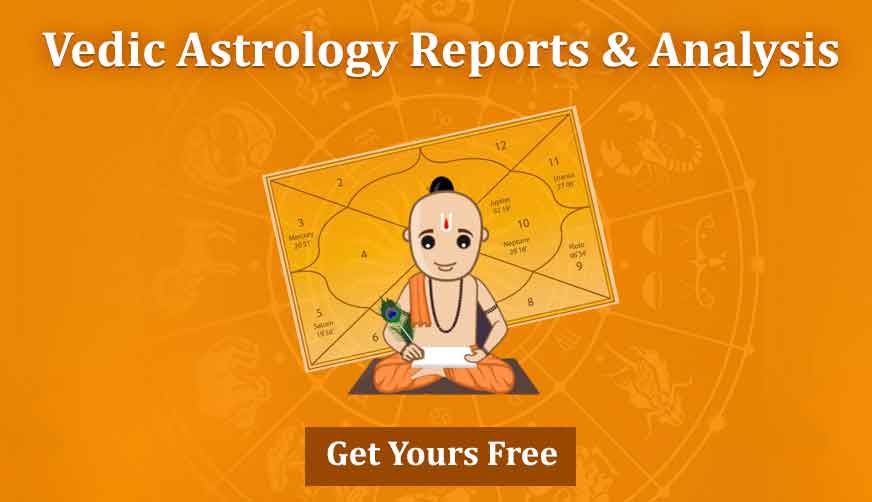Chandra Pragyapati | Jyotishkarandka | Jyotishkarandka | Jyotisha History
Chandra Pragyapati describes both Sun and the Moon. It is based on the concept of shadows and talks about it. The texts talks about 25 types of shadow. A person’s future can be analyzed with a clear understanding of these shadows. Out of these 25 shadows, Keelak and Shanku are the most important. Chandra Pragyapati talks about analyzing different shadows of the moon to analyze one’s future.
The text is not available in its original form. Surya Pragyapati and Chandra Pragyapati have almost identical texts. Chandra Pragyapati is an improved version of Surya Pragyapati The text talks about the sun's daily motion. After analyzing Uttarayan and Dakshinayan, the speed of the Sun and the Moon is calculated. The scripture also tells how noth the moon’s and sun’s thermall field is determined. Depending on the Moon’s sixteen different shaped, sixteen arts have been described in this text. The scripture talks about Pratipida date in the Shravan month of Krishna paksh to be the beginning of the year.
Chandra Pragyapati Chhaya Shastra
Chandra Pragyapati is believed to to be a detailed explanation of the the concept of shadows.It tells the time according to the formation of shadows in the day. It also tells the size and shape of the shadow at noon and in the evening.
Chandra Pragyapati Texts Details
The texts analyze the time of the day by the shadows of round, triangle, elongated and square objects. Some parts explain the planetary motions and the formation of Yogas with Chandra. These formulations include fifteen Nakshatra s involved named as Shravana, Ghanishta, Purvabhadrapad, Revati, Ashwani, Kritika, Mrighashira, Pushya, Magha, Purvaflaguni, Hasta, Chitra, Anuradha, Mool and Purvashadha.
The moon has been said to possess its own light. Difference in its size on different days has also been explained along with the names of Rahu and Ketu.
Jyotishkarandka Science
This work and the texts within it are ancient and original texts of astrology. The texts are currently incomplete in the present times.All the Nakshatras have also been explained. The ascendants and the movements of the Nakshatras are explained according to different signs. In this work, a person’s Kundali is made depending on the ascendant at the time of his birth.
Jyotishkarandka Texts Details
Jyotishakarandak has been written in a primitive language and explains astrology and Jain justice. The text is believed to comprise a total of 167 writings. It has also been briefly explained in other works such as Kalpa, Sutra. Nirukta and Vyakarana. Muhurats that have been used in the sixteen values are also described here.
Jyotishakarandak talks about the analysis of various Nakshatras like Kritika, Ghanishta, Bharani, Shravana, Abhijeet etc. It also explains the various Nakshtras related to marriages like Chitra, Hasta, Uttarafalguni, Uttarshadha, Uttarabhadrapad, Revati etc.
Jyotishakarandak was written between 300 to 400 A.D. The other texts of this period give a good explanation of the different signs and Nakshatras. Various explanations regarding Day-Night, Shuka-Krishna Paksha, Uttarayan and Dakshinayan can be seen in these texts. Various Nakshatras like Sanvatsar, Ayan, Chaitradi, Maas, Diwas, Muhurat, Pushya, Shravana,Vishakha etc have also been explained.






